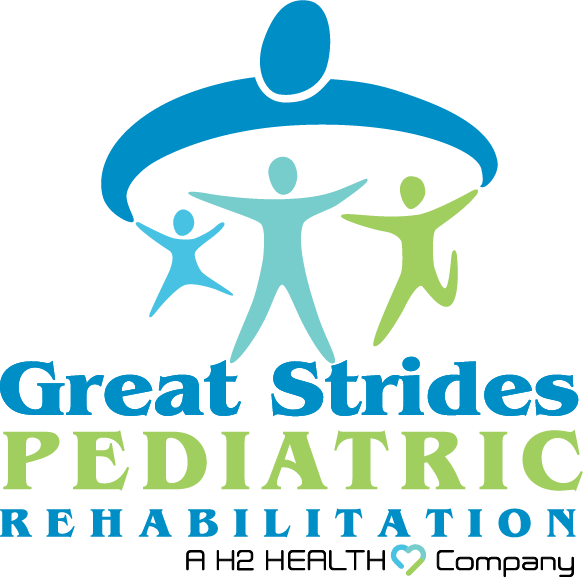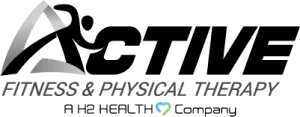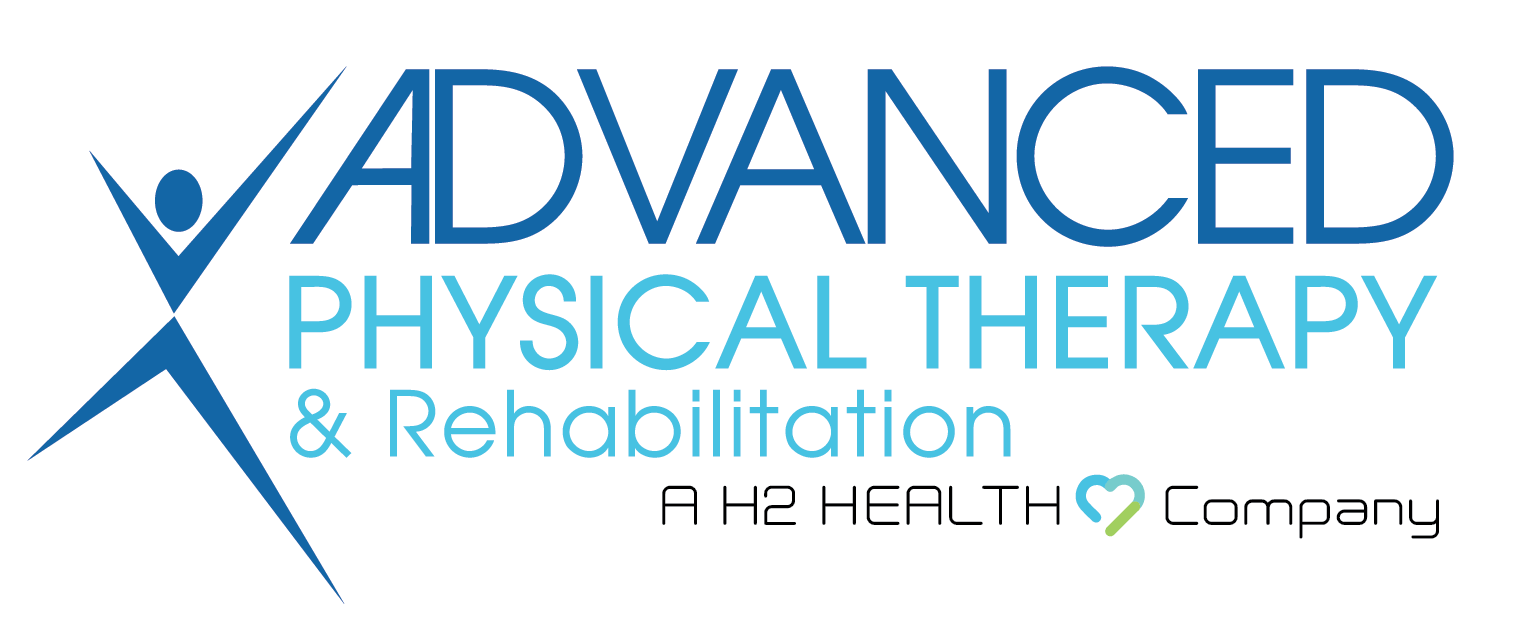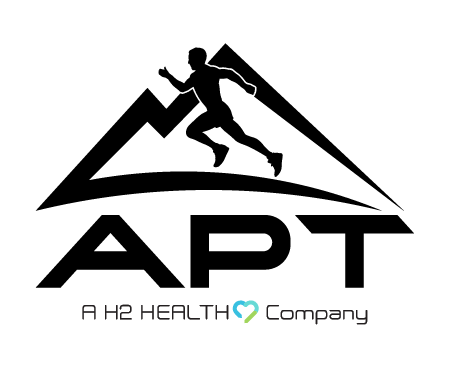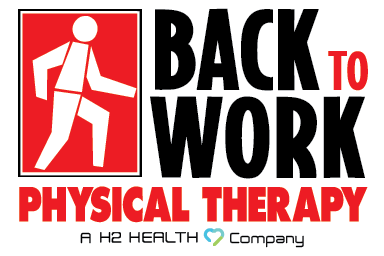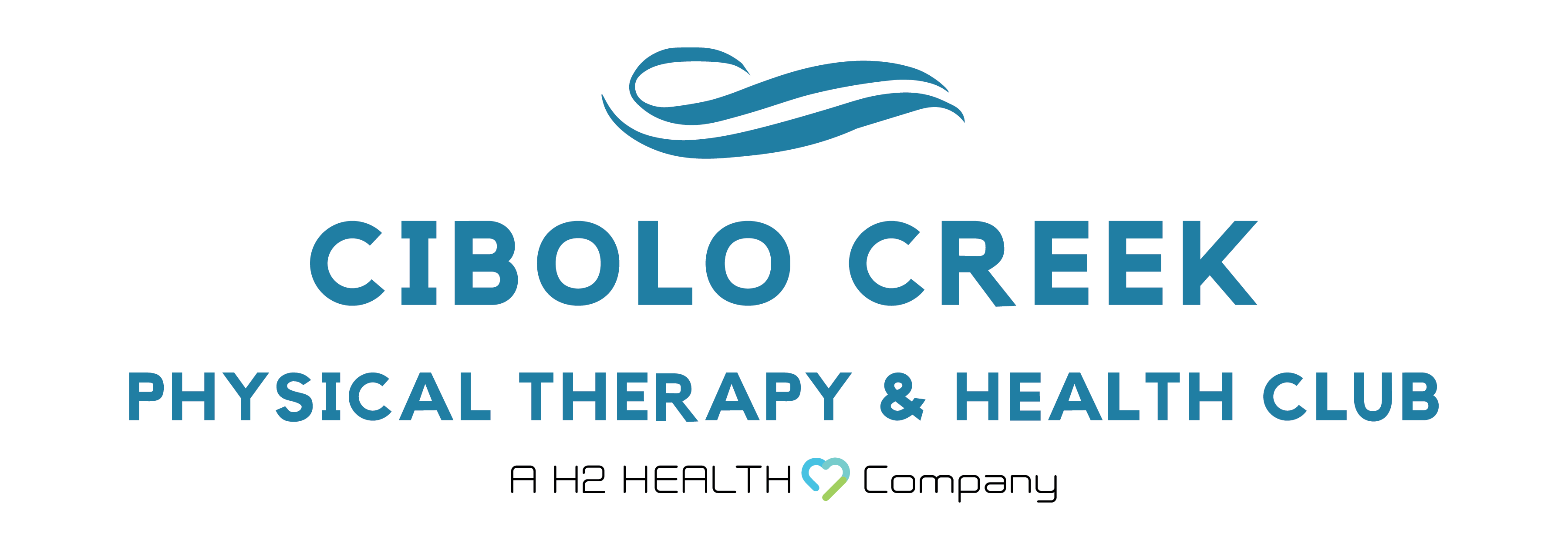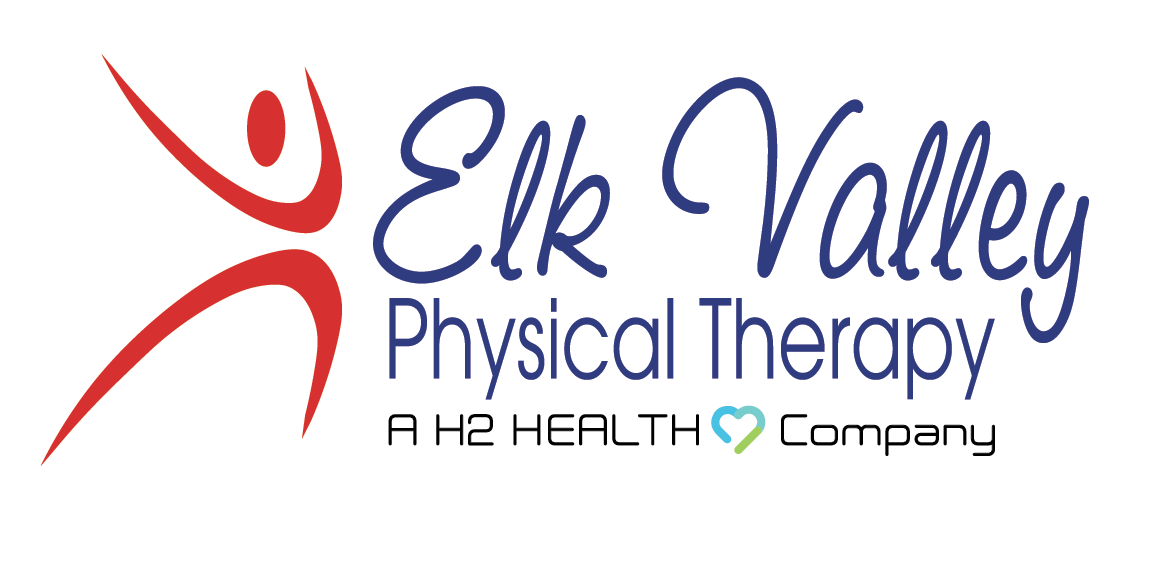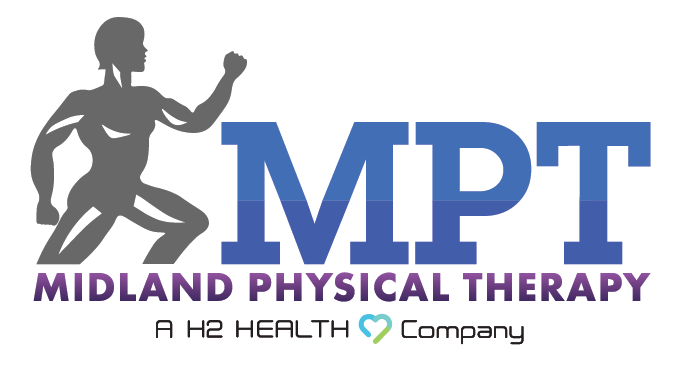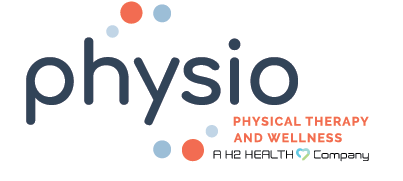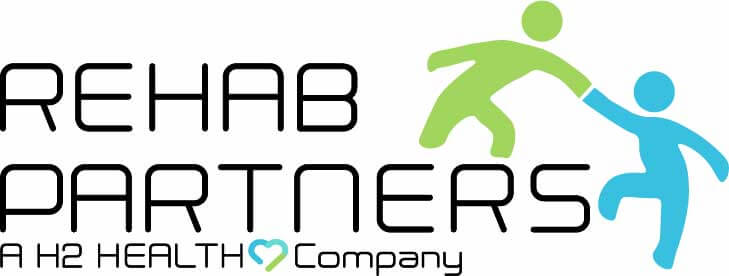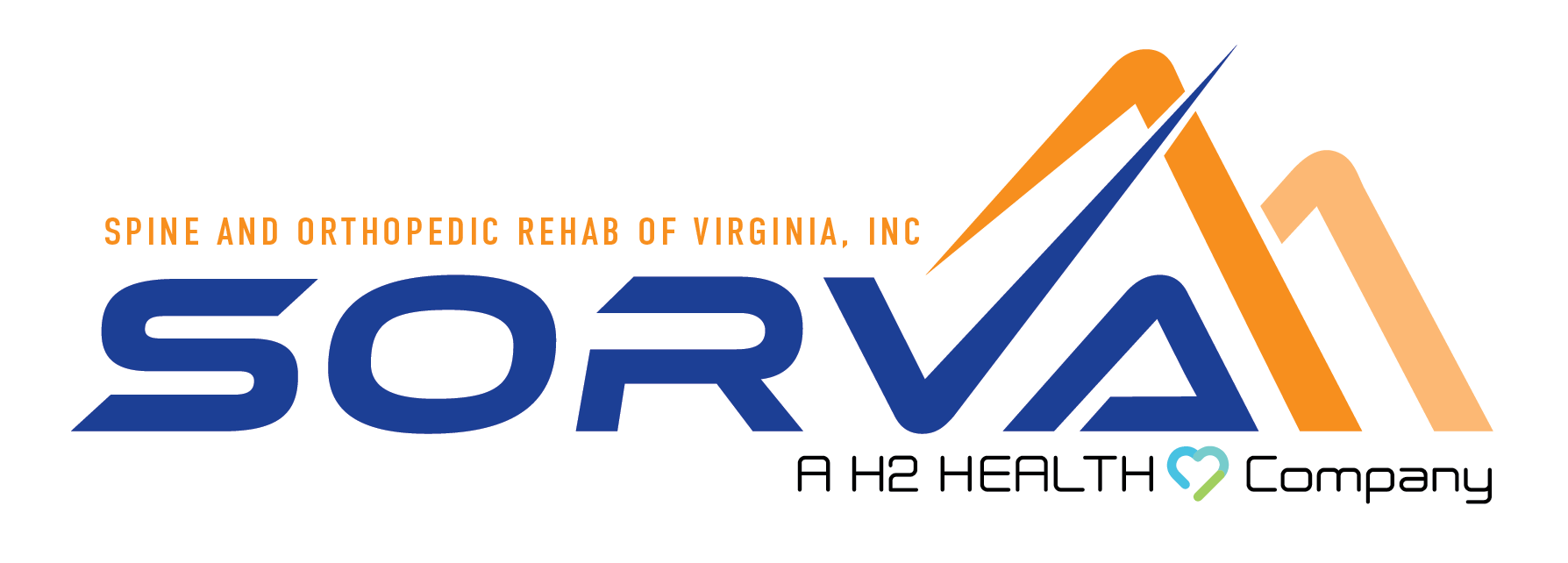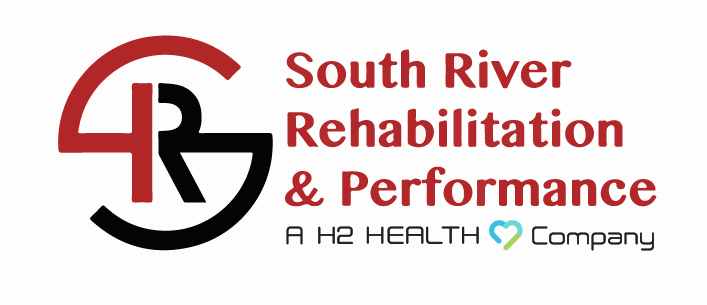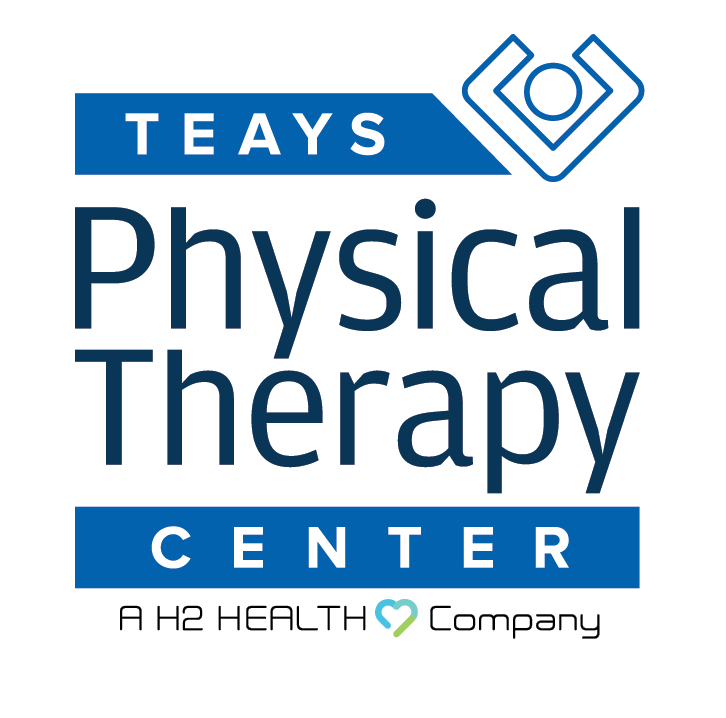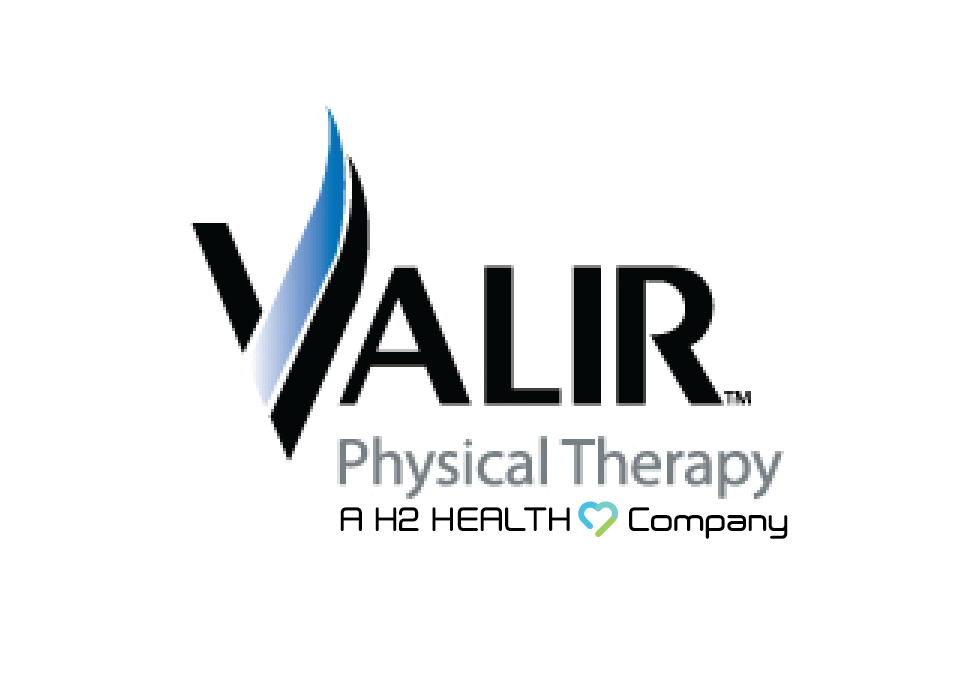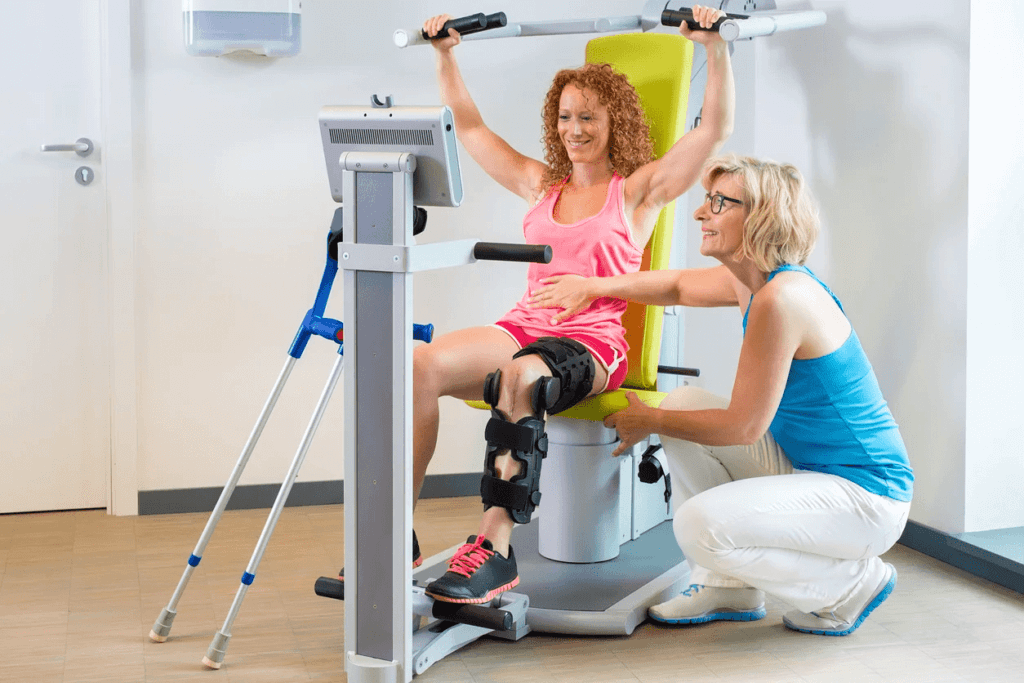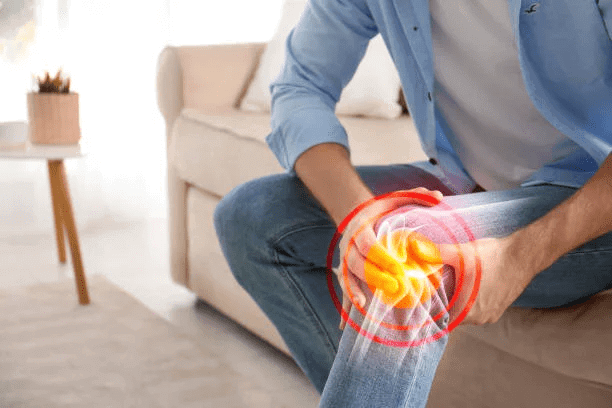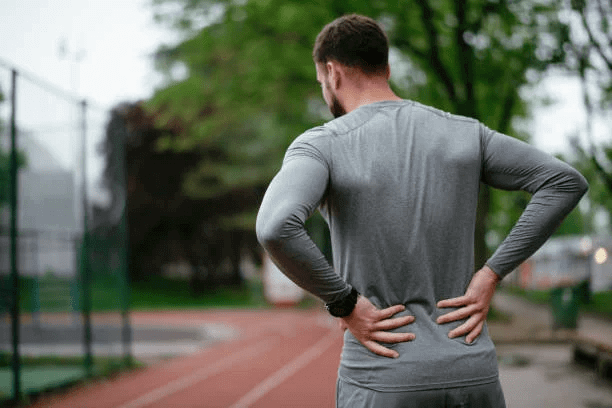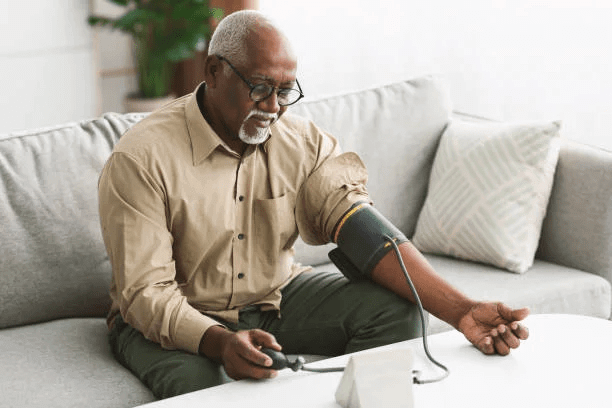Whether you have recently had surgery, or you’re scheduled to have surgery soon, it’s likely you want to get back to your normal routine as soon as safely possible after your surgery. Giving your body a period of healing and rest after surgery is crucial to getting back to your daily life quicker. However, resting
Read MoreA Patient’s Guide to Rotator Cuff Physical Therapy
If you’ve recently injured your rotator cuff, or you are recovering from rotator cuff surgery, your doctor may prescribe you with physical therapy to help your shoulder heal. It’s best to understand this complex shoulder injury so you know why your physical therapist is recommending certain types of exercises to strengthen the arm and shoulder area. Let’s
Read MoreIs Vestibular Therapy Right for You?
If you’re having vestibular symptoms, such as dizziness, balance problems, motion sensitivity, etc., you’re not alone. Approximately 76 million Americans have vestibular (inner ear/balance) problems, making it hard to walk, stand, and even sit properly. Thankfully, various therapies are available to treat vestibular problems, including vestibular rehabilitation therapy. Vestibular rehabilitation therapy (VRT) is an exercise-based
Read MoreHow Physical Therapy Helps Neck Pain?
Millions of people suffer from neck pain every year, and for many, the only relief is through physical therapy. Physical therapy can include various treatments, such as massage, ice packs, and electrical stimulation. By targeting the source of the pain and addressing any underlying issues, physical therapy can help to provide relief and improve mobility. Let’s talk about
Read MoreShoulder Physical Therapy: What Physical Therapists Want Patients to Know
Physical therapists have seen it all when it comes to shoulder injuries. As such, they want patients to know a few things about shoulder physical therapy in order to make the most out of the treatment. Let’s discuss what shoulder physical therapy is, what kinds of injuries it addresses, what treatment is like, and where
Read MoreLooking for Migraine Relief? How Physical Therapy Can Help
Do you suffer from migraines? If so, you know how hard it is to deal with these notorious throbbing headaches that don’t let you rest, sleep or work. A migraine is a type of primary headache, meaning that it isn’t a side effect of another medical condition. Chronic migraines are a disorder of the nervous
Read MoreTMJ: What Is It? How Can Physical Therapy Help?
When one thinks of physical therapy, the common image is of a trained therapist helping someone recover from an orthopedic injury or procedure involving the loss of their mobility – for instance, learning how to walk again or restoring an arm’s full range of motion. However, the average person might be surprised to learn that
Read MoreTop Physical Therapy Exercises For Knee Pain
Knee pain is a common problem that can be caused by a variety of reasons, including a specific injury, overexertion, arthritis, or even simple wear and tear of the knee joint from everyday activities over time. The pain associated with a knee joint disorder can range from mildly annoying to debilitating, making it difficult to
Read MorePhysical Therapy For Lower Back Pain: Are You Getting The Right Treatment?
There is a range of treatments available for lower back pain, so how can you be sure that you’re getting the right treatment for your needs? Physical therapy can be an effective treatment for many causes of lower back pain. It can also help to prevent back problems and avoid the need for invasive treatments
Read MorePhysical Therapy After A Stroke: What You Need to Know
Physical therapy is an important aspect of post-stroke rehabilitation. It aims to help stroke patients relearn the motor activities necessary to improve movement and function for day-to-day living, such as standing, sitting, and walking. You can learn more about this type of rehabilitation below. A stroke is a serious, life-threatening medical condition that requires immediate
Read More
